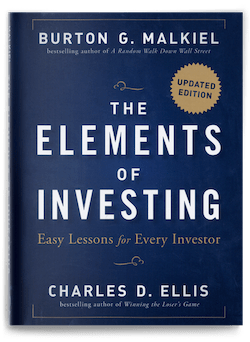Rebalancing
We want to emphasize that the timeless lesson of rebalancing has proved its value very well – especially during the most volatile periods of the market. Rebalancing simply means that periodically, such as once a year, you look at the asset allocation of your portfolio and bring it back into the kind of balance that makes you comfortable. For example, suppose you are a “nervous Nelson” and prefer not to have equities be more than 50 percent of your portfolio – with bonds comprising the other half. Rebalancing says simply that if equity prices rise and bond prices fall, so that your portfolio has become 70 percent stocks and 30 percent bonds, you should sell some stocks and buy some bonds to restore the balance you desire, because it’s consistent with the risk level that is right for you.
Annual rebalancing adds almost 1½ percentage points of return per year over a 15-year period – and the stability of the annual return improves as well. You may wonder what alchemy could improve the return so much. The answer is that rebalancing makes you take some profits in the asset class that has done particularly well and invest in the one that has become a better bargain.
If you think of what was happening to markets over the period, it is very clear why the technique worked so well. The rebalancing was done every January. In January 2000, no one knew that the Internet Bubble would burst in March of that year. But you did know that the equity prices had risen sharply in the market euphoria and that rising interest rates were causing bond prices to fall. So the unintended allocation in January had become close to 75 percent stocks and 25 percent bonds rather than the intended 60-40 mix. To rebalance, some stocks were sold and the money invested in bonds to restore the balance. Now think of January 2003 – after the market had tumbled sharply and interest rates had fallen, leading to rising bond prices. No one knew that the stock market had made a bottom in October 2002, but you would have seen that bonds were then 55 percent of the portfolio, well above the target allocation. So bonds were sold and stocks were bought. During the global financial crisis, toward the end of the first decade of the 2000s, rebalancing again worked for you. Interest rates had been driven down to near zero on Treasury securities, so the portfolio in January 2009 had become overweighted with bonds and underweighted with equities. It was time to rebalance again.
What rebalancing forces you to do is the very opposite of what most investors do. Most investors tend to buy at market tops when everyone is optimistic and sell at the bottom when it appears that the sky is falling. (That is, of course, what creates market tops and bottoms.) Rebalancing forces you to do the opposite. Disciplined rebalancing is another of the long-term investor’s best friends.



